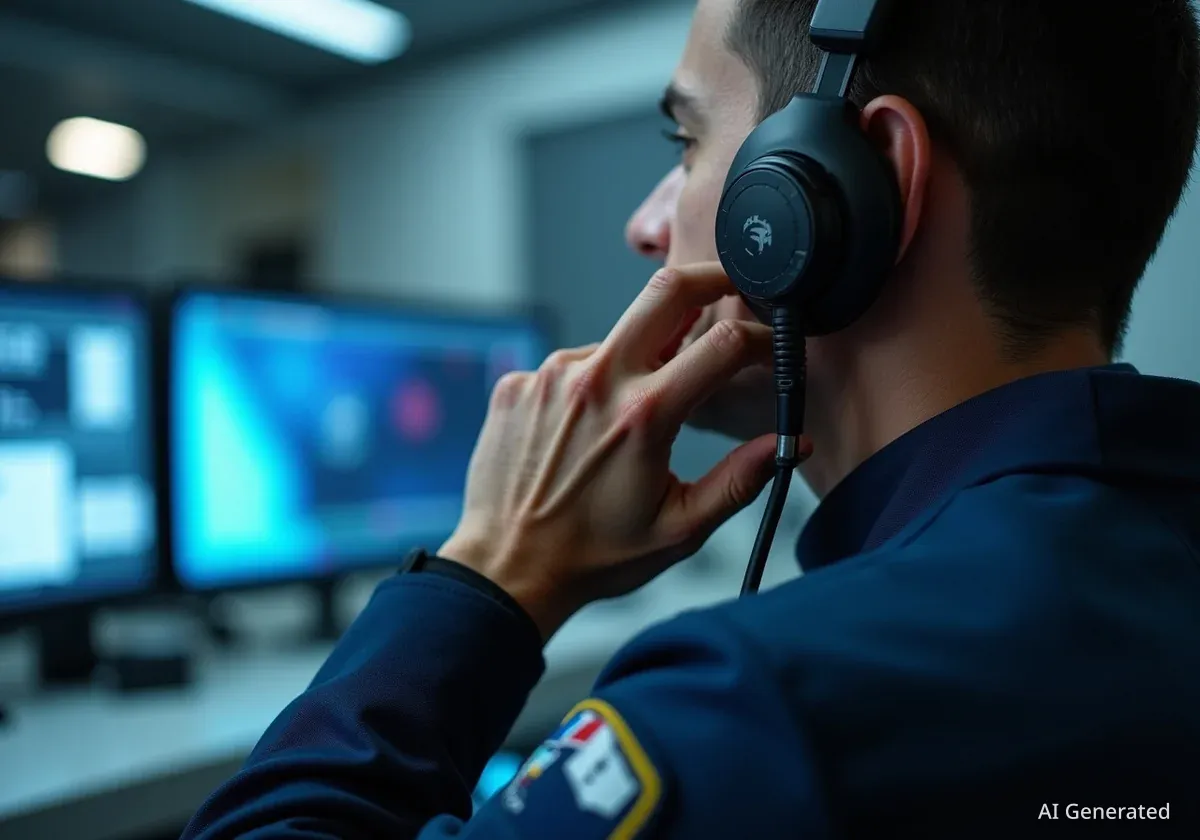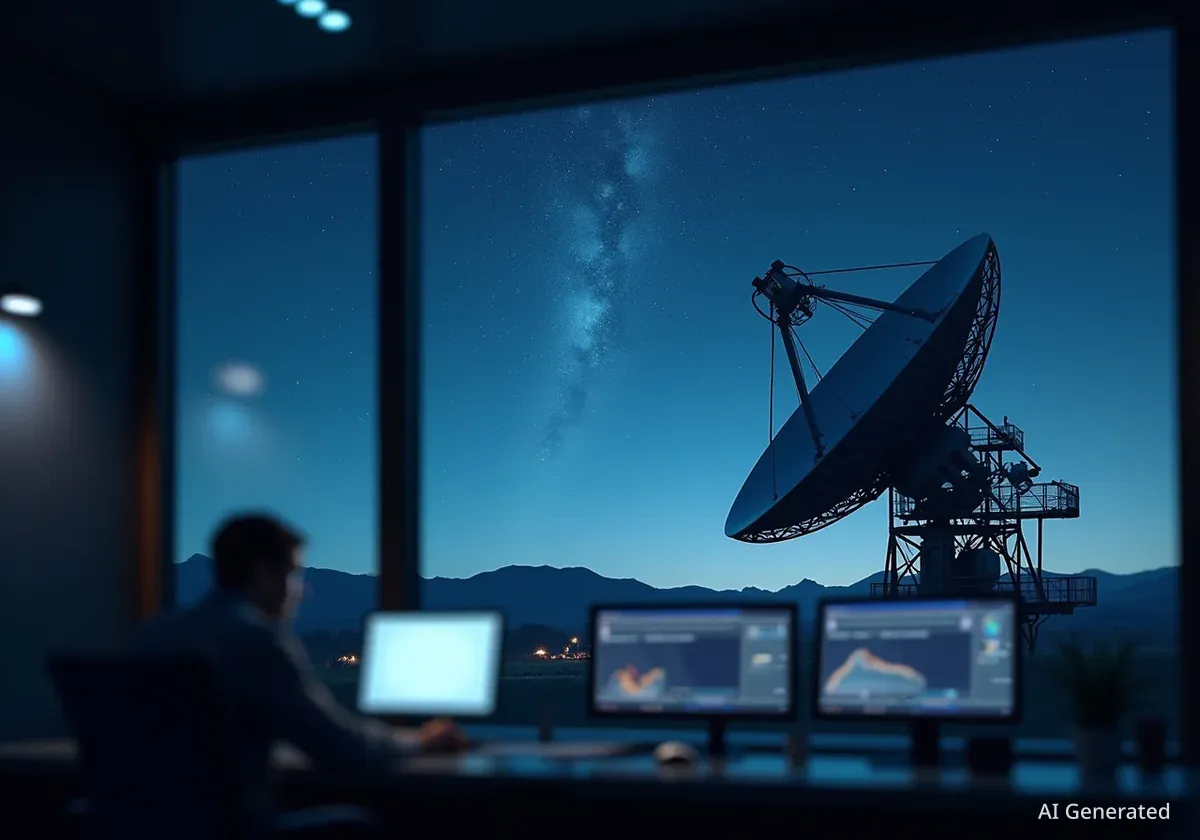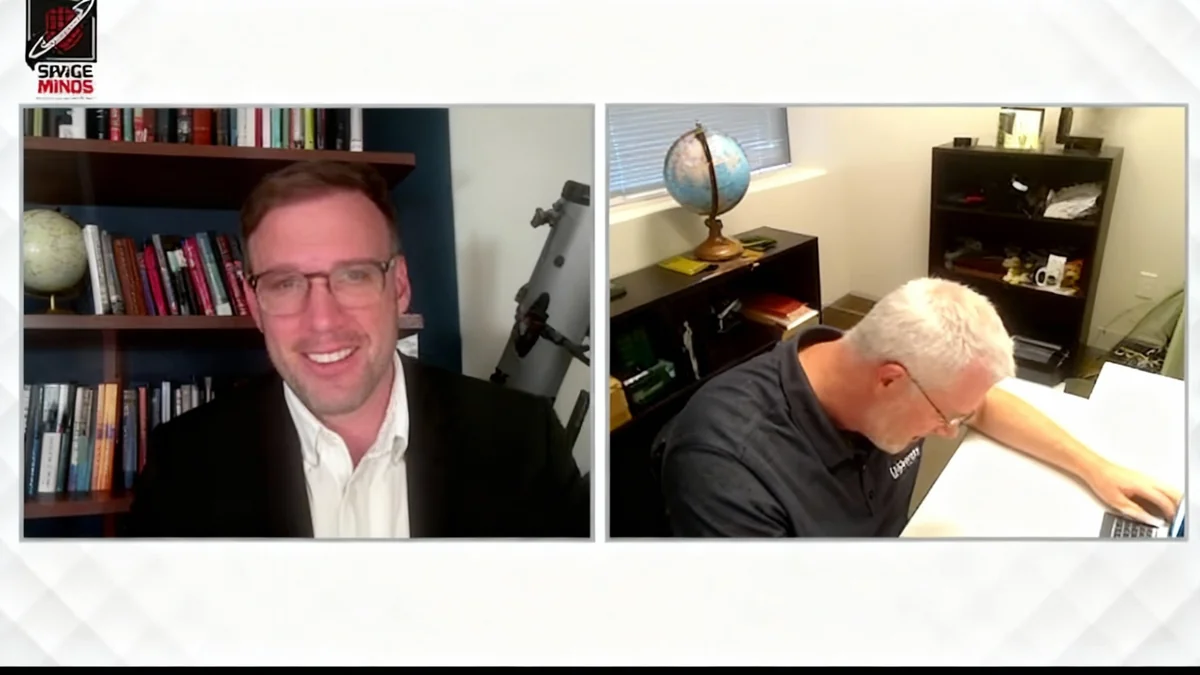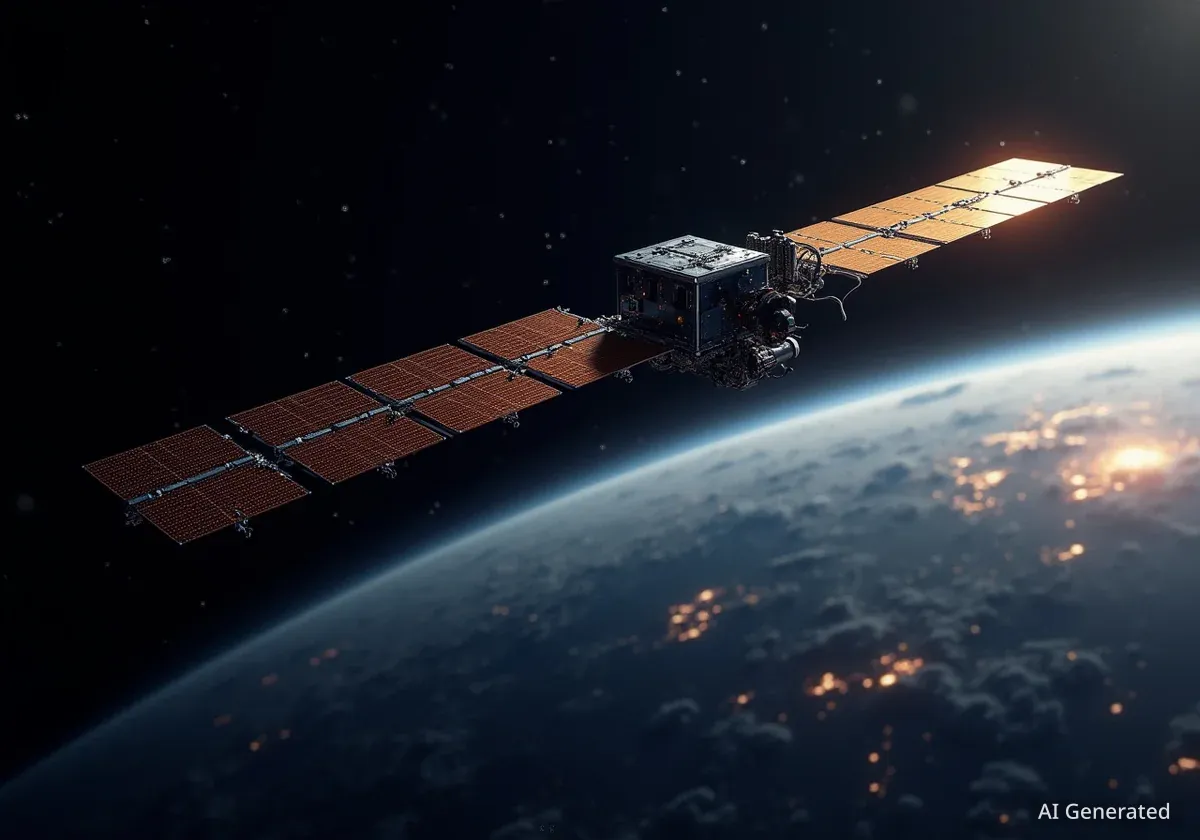Top officials from the U.S. Space Force's Space Operations Command (SpOC) have outlined a new force generation model designed to enhance Guardian readiness for modern conflict. Speaking at a major defense conference, they detailed how this new training approach was validated in recent exercises and proved critical in real-world operations, particularly in the domain of electromagnetic warfare.
The discussions, held at the Air & Space Forces Association’s Air, Space and Cyber Conference in National Harbor, Maryland, provided insight into the service's strategic shift towards more frequent and integrated training to support the broader U.S. military.
Key Takeaways
- Space Force leadership highlighted the new SPAFORGEN 2.0 model to improve Guardian training and readiness.
- The Resolute Space Exercise validated the need for more dedicated training cycles and partner integration.
- Operation Midnight Hammer was cited as a real-world success where space capabilities, especially electromagnetic warfare, were decisive.
- Officials emphasized the growing integration of space assets into all joint force military operations.
A New Model for Guardian Readiness
During several panel discussions held from September 22-25, 2025, senior leaders from SpOC explained the strategic imperative behind the Space Force's evolving approach to training and force allocation. The central theme was ensuring that Space Force personnel, known as Guardians, are prepared to deliver critical capabilities in a contested environment.
Lt. Gen. N. David Miller, Jr., the commander of Space Operations Command, stated that the joint force requires two primary functions from the Space Force. He framed this as a dual mission of offense and defense in the space domain.
"What the Joint Force needs from the Space Force as a decisive [capability] is really two things. Deliver that space-enabled combat edge, while simultaneously protecting our joint force, including ourselves, from space-enabled attack."
This mission is being addressed through SPAFORGEN 2.0, the service's updated model for assigning and allocating forces to combatant commanders. According to Lt. Gen. Miller, this new system is already yielding positive results by creating a more capable and prepared force.
"I think the commanders [across the joint force] are more satisfied than they’ve been in the past with the capability of the Guardians and Airmen that we are presenting,” he noted.
Inside SPAFORGEN 2.0
SPAFORGEN 2.0 is not just a scheduling change; it represents a fundamental shift in how the Space Force prepares its personnel. The model is structured to increase the intensity and relevance of training exercises.
Lt. Gen. Miller explained that the new framework will significantly enhance the training pipeline. "SPAFORGEN 2.0 is going to really dial up the content and frequency of the training evolutions, as well as the partners that we’re bringing to bear in each one of those combat training cycles," he said.
This approach dedicates specific time blocks for training, tactics development, and integration with other military branches and allied nations. The goal is to move beyond theoretical knowledge and into practical, hands-on preparation for complex scenarios.
What is a Force Generation Model?
A force generation model is a system used by military services to manage the readiness cycle of their units. It determines how units train, prepare for deployment, execute missions, and then return to a readiness phase. SPAFORGEN 2.0 is the Space Force's tailored version, designed for the unique demands of the space domain.
From Exercise to Real-World Application
The effectiveness of the SPAFORGEN 2.0 model was recently tested during the Resolute Space Exercise. Lt. Gen. Miller told conference attendees that the large-scale exercise confirmed the value of having dedicated time for training and integration.
He connected the lessons from this exercise directly to real-world operational success, citing Operation Midnight Hammer as a prime example. This operation involved U.S. Air Force support for Israeli partners in defending against Iranian drone and missile attacks, as well as conducting precision strikes.
Lt. Gen. Miller detailed several space mission areas that were critical to the operation's success:
- Missile Targeting, Tracking, and Warning
- Space Intelligence, Reconnaissance, and Surveillance (ISR)
- Navigational Warfare
- Electromagnetic Warfare (EW)
The employment of these capabilities in a coordinated fashion demonstrated the Space Force's ability to directly influence outcomes on the battlefield.
The Decisive Role of Electromagnetic Warfare
During Operation Midnight Hammer, EW capabilities were used to protect high-value assets like B-2 bombers. This marked a significant public acknowledgment of the Space Force's offensive and defensive EW role in active combat scenarios.
The Growing Importance of Electromagnetic Warfare
Both Lt. Gen. Miller and Col. Edward Gutierrez, the deputy commander of SpOC’s Mission Delta 4, placed special emphasis on the role of electromagnetic warfare. This domain involves controlling the electromagnetic spectrum to disrupt an adversary's communications, navigation, and sensor systems while protecting friendly capabilities.
Participating in a panel on cyber and electronic warfare, Col. Gutierrez highlighted Operation Midnight Hammer as a showcase for the skills of EW professionals.
"Midnight Hammer was a good example for our professionals to show what they were able to do from the EW perspective, and able [to help the] joint force to execute its fight and put bombs on target."
Lt. Gen. Miller provided more specific details, noting the historical significance of the mission. "It is the first time we’re able to say there were electromagnetic warfare forces employed in association with that mission,” he stated. He added that the EW effects were "specifically focused on ensuring those B-2s got in and got out at the time and place of our choosing.”
This successful application underscores the Space Force's growing responsibility for providing non-kinetic effects that are crucial for the success of air, land, and sea operations.
Integrating Space at Speed and Scale
While celebrating recent successes, the SpOC leadership also stressed that the work is far from over. The primary challenge moving forward is to continue improving the integration of space capabilities across all joint force operations, ensuring they are available at the speed and scale required by modern warfare.
The pace of this integration is accelerating, according to Lt. Gen. Miller. He observed a significant shift in how the wider U.S. military views and utilizes space assets.
"The point is, when the U.S. military focuses on something, God help you,” he concluded. “And right now, I think the U.S. military is focused on integrating space in a way that we’ve just never seen before.”
This focus signals a new era where space is not merely a supporting element but a fully integrated and decisive component of national defense strategy, a reality being shaped by new training models like SPAFORGEN 2.0 and the Guardians executing the mission.





